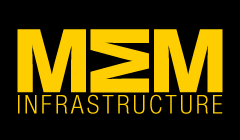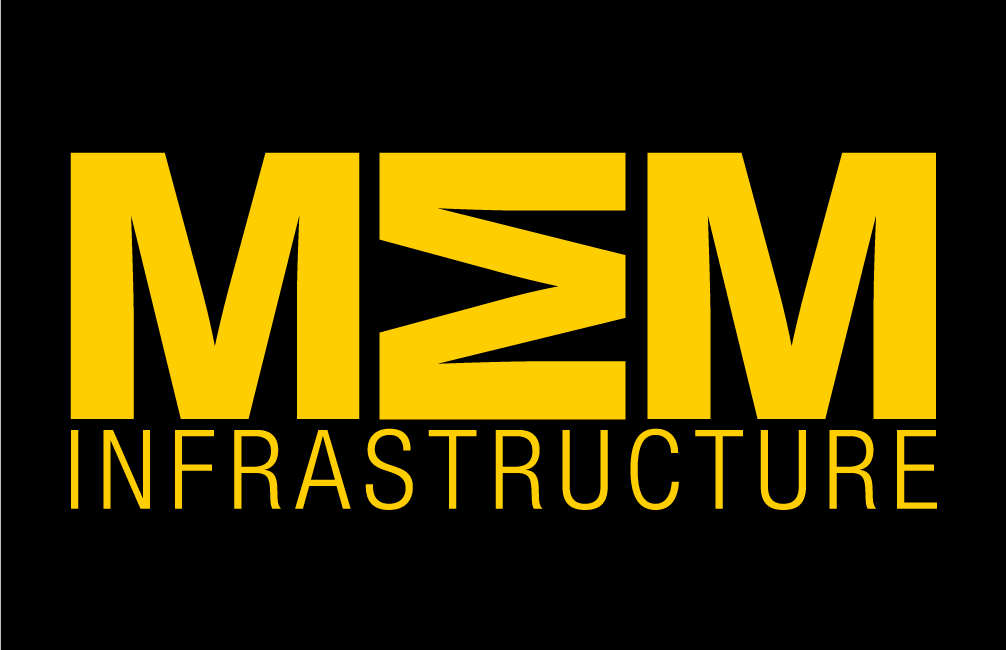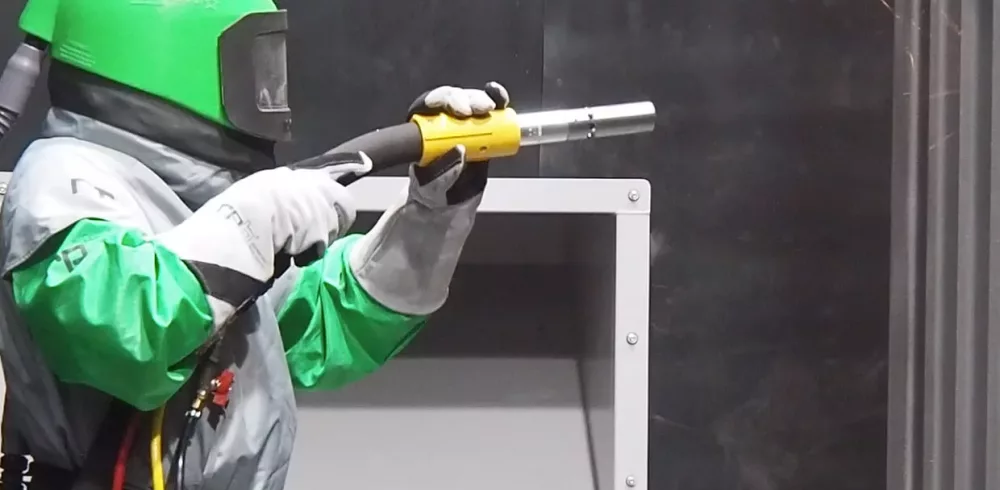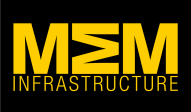The blasting business has come a long way since its origins. No longer are industries reliant on the blunt and dangerous practice of sandblasting to strip, clean and prepare a surface. While the theory was always sound, mimicking the natural properties of sand out in the desert, the practice was fraught with issues, most notably the breathing problems felt by operators breathing in the dust thrown up by sandblasting.
Things have moved on and advances in blasting media have been a big part of it. Here are three key ways in which these advances are being felt.
Safety first
As we’ve seen, safety was a big issue with some of the media originally used in the blasting industry. In fact, it’s still an issue, with one report suggesting that silica exposure kills more than 1,000 workers in the UK and leaves many more with breathing difficulties.
Clearly that’s a huge safety issue and while it might seem crass to think of this solely through the prism of productivity, it’s clear that problems in this field are a by-product too. Injured workers are not productive workers.
New blasting media, from glass to plastic to aluminium, is able to operate without this impact.
Right media for the right job
Advances in blasting media have also allowed for a greater variety of blasting projects. A harsher media is clearly good for tough jobs but might well damage the surface of a more delicate material. That’s why, when it comes to stripping the paint off a car, plastic media are used so that this task can be carried out without causing any issues to the surface below.
Then there are also corn cobs; a type of media that can be used to clean wooden surfaces such as barns or fences. By having a greater variety in the types of blast media available, operators are able to select one that is best suited to the job in hand.
Recovery systems boost efficiency
Many of the new types of blast media are far less wasteful and this isnât just good news when it comes to creating dangerous dust. By having products that naturally produce much less waste, operators can use less media in the first place which, by its very nature, means an improvement to efficiency and productivity.
On top of that, the development of recovery systems has been significant. These allow for an abrasive to be swept up from the floor of a blast room and recycled and re-used â again making this an eco-friendly, cost-effective and, ultimately, productive, method of operation.
A short video from Airblast AFC shows how this process can work with a vaculift system.
Advances in blasting media are ensuring that the process is much safer for operators. Theyâre also providing a variety of options for people looking to take on these sorts of tasks and, in hand with recovery systems, are catering for a market where less media needs to be used in the first place. These three key benefits are helping businesses to boost their productivity â saving time, money, stress and waste.
Manufacturing & Engineering Magazine | The Home of Manufacturing Industry News









